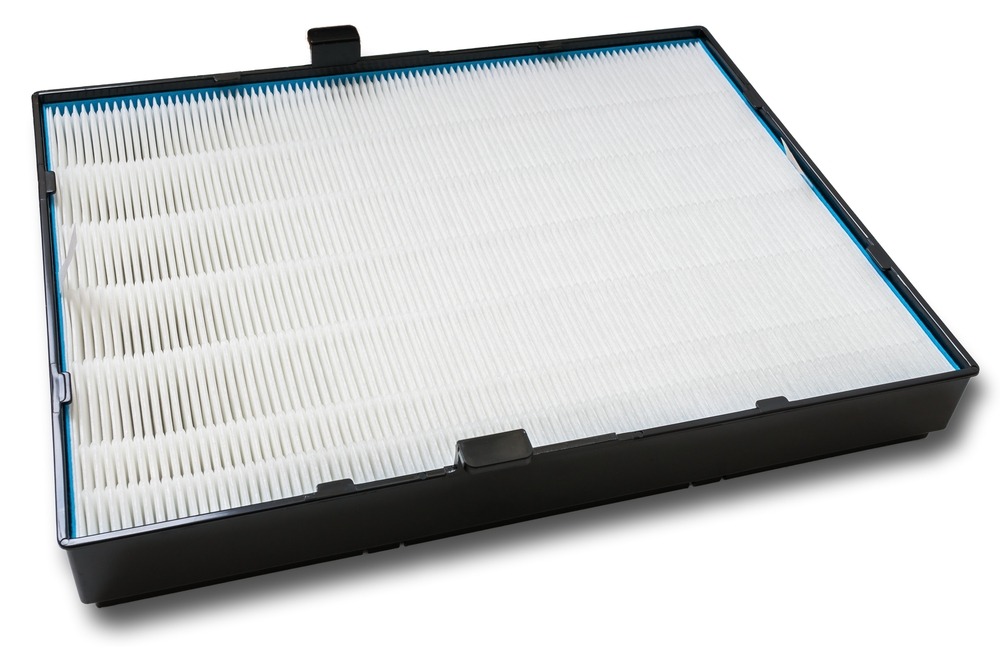What is a HEPA filter?
HEPA filter or High efficient particulate air filters are the dry type of filters that can remove all types of dust particles, pollen, tobacco smoke, mites, bacteria, or other microorganisms presents in the air and throws a clean contamination-free, and dust-free air.
These types of filters are common in hospitals other healthcare, automobile, and airline industries, and medical units, sterilized tissue culture labs.
Nowadays due to increased indoor air pollution and high PM level of outdoor air these filters are widely used in air purifiers and robotic vacuum cleaners.
Five basic parts of a HEPA filter
- Extensive pleated filter material: The filter material of HEPA filters is made up of composed fiberglass with a diameter of 0.5 to 2.0 micrometers. Fiber diameter and fiber thickness are the two key factors along with velocity to determine the efficiency of a HEPA filter.
- Separators: It helps in keeping the plates apart from each other to provide a smooth air passage.
- Filter case: It helps in keeping the fragile pleated material of the HEPA filter safe.
- Sealnuts: To attach the case and separator and filter
- Gasket: to provide a leak-proof airtight seal.
Types of HEPA filters
As per European standards (1) for HEPA, there are five types of filters with different filtering efficiency and filter’s ability to trap and contain the most penetrating particle size (MPPS) particular to the filter. The classification of HEPA filters are as follows (2).
| Classification | Type | % efficiency |
| E10 | HEPA | ≥ 85 |
| E11 | HEPA | ≥ 95 |
| E12 | HEPA | ≥ 99.5 |
| H13 | HEPA | ≥ 99.95 |
| H14 | HEPA | ≥ 99.995 |
| U15 | ULPA | ≥ 99.9995 |
| U16 | ULPA | ≥ 99.99995 |
| U17 | ULPA | ≥ 99.999995 |
HEPA vs ULPA
ULPA is known as Ultra Low Particulate Air Filters. The efficiency of this filter is 99.999 %. That means it can remove about 99.999 % dust, molds, bacteria, and airborne particles of a minimum of 100 nanometers diameters. As per European standards for ULPA, they are classified into three types based on filter efficiency.
Beware of fake terms of HEPA filters
Some brands or companies sell their products in the name of true HEPA, or HEPA type, HEPA style, etc. Before buying an air purifier or filters should check the authenticity of the filters.
“As per United States Department of Energy (DOE), a HEPA filter should remove at least 99.97% of airborne particles, 0.3 micrometers in diameter. The filter’s minimal resistance to airflow, or pressure drop, is usually specified around 300 pascals (0.044 psi) at its nominal volumetric flow rate” (3).
Limitation of HEPA filters
- A HEPA filter should be changed every 12-18 months. Like many bacteria, dust and molds get trapped in the filter. These should be removed periodically.
- HEPA filters do no filter out all the VOCs (Volatile organic compounds).
- Do not remove viruses and other odors from the air.
